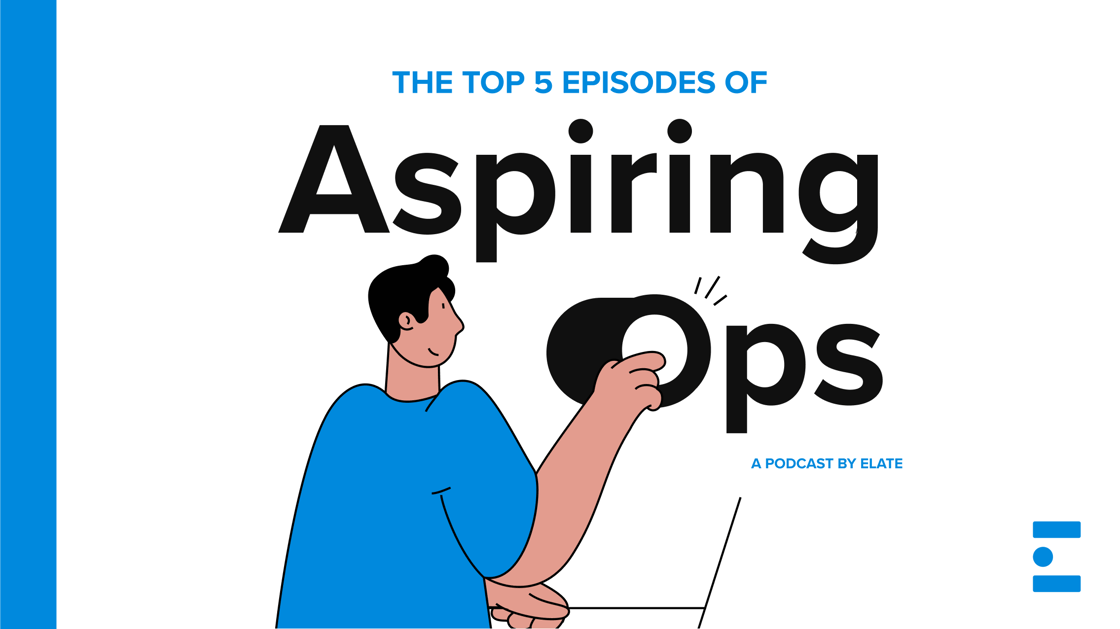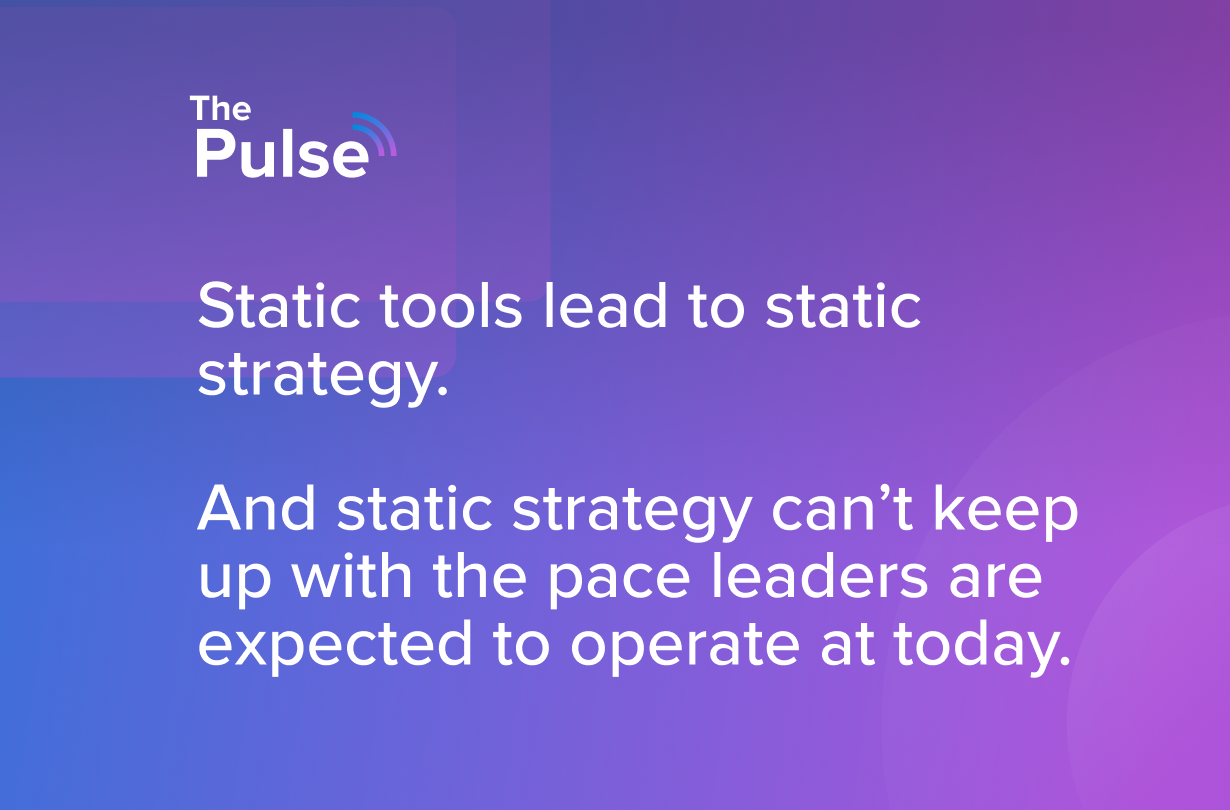
We are officially in the strategic planning season, and every year at this time, we are frequently asked for our top tips and tricks as companies prepare for strategic planning offsites. While we've previously delved into the topic of Making the Most of Your Strategic Planning for 2024 in edition 5, I thought I’d share some top-of-mind thoughts that I hope will help you and your team set the stage for success in the upcoming year.
And the timing for this couldn’t be better.
Last Thursday marked the first strategic planning panel event we’ve hosted and the turnout was unbelievable. To our panelists (photo below) that provided very detailed and practical advice around strategic planning for 2024 - thank you. And to those of you in attendance - thank you. This was the first of many more events to come, so let us know if you would have any interest in us dropping by your neck of the woods.
Also, don't forget to follow Elate on LinkedIn to stay up-to-date on future events and updates.
With that said, let's get into edition #8.

Strategic Planning for 2024: 10 Do's and Don'ts
Let's start with the "dos".
✅ 5 Musts When Strategic Planning for 2024
1) Set or revisit the long-term vision for the organization
If you aren't aligned on our long-term destination, it's unlikely you'll be in sync on how to reach it. Long-term visions should span at least three to five years, with the potential to extend to a decade.
It's equally crucial to define what this vision entails. For instance, if your goal is to become the leading strategic planning solution, outline how many Strategy and Ops Leaders you envision leveraging your solution over the next ten years.
2) Embrace ruthless prioritization
Just because an idea is a good one doesn't automatically make it a priority. While we never doubt the intent, failing to prioritize the right objectives leads to everything becoming a priority, thus nothing being a priority.
For individual departments, we recommend focusing on three to five objectives, with each team member taking on no more than one to three. And I’m always going to suggest being on the lower end of these bounds.
3) Communicate the plan and ensure alignment
Many leaders mistakenly believe that once the planning offsite concludes with Leadership, their job is done. The plan is set and then an assumption that Department Leaders will establish objectives that align with the strategic focus areas set by leadership and collaborate with their teams to align individual objectives accordingly.
However, we all know what assuming can bring to a situation.
While it is organic, Leaders should ensure that the Strategy is communicated to Departments in a way where it’s clear how priorities roll up throughout the organization. Strategy and Operations Leaders should take the lead in conveying the strategic focus areas to Department Leaders and collaborating with them to ensure alignment from top to bottom throughout the year.
4) Create a unified view of your plan
If your plan exists in isolated silos, then confusion and accountability issues will arise.
We like to describe this as "playing from the same sheet of music 🎼". If team members know where to access the company's priorities, they have no excuse for misdirecting their time and efforts. A unified view not only fosters accountability but also empowers employees to discern which tasks to prioritize.
5) Establish company-wide rituals
Although this term might be new to some, consider rituals as the agreed-upon rhythm for when teams provide updates on objectives, how they provide these updates, and where they are regularly reviewed.
Clearly establish expectations, and communicate the "why" behind these rituals so that team members understand the value of their updates for the organization.
❌ 5 Things to Avoid When Strategic Planning for 2024
1) Set it and forget it
After investing time, energy, and resources into crafting your strategy, don't let it collect dust on a shelf. Many companies allocate significant resources to strategy development, only to consign it to a binder, never to revisit it. At year-end, they express frustration and vow to do better in the next year.
This is the year! Don’t fall into the trap!
2) Constantly change internal language
Goals, Objectives, Initiatives, Rocks—there are a lot of names for what companies use to refer to components of their strategy execution. Frequent shifts in terminology can erode employee buy-in. Consistency and stability in terminology are both crucial for clarity and adoption.
3) Running your strategic planning in-between meetings
Incorporating strategic planning into daily activities can be challenging. Leaders juggling numerous meetings and reacting to daily challenges may struggle to focus on strategic priorities. Encourage leadership teams to step out of the daily office routine for planning, allowing them to concentrate on long-term objectives without being constantly distracted by daily fires. (see edition 4)
4) Overthinking and hiding the process
While each company's strategic plan should be tailored to its unique needs, overly elaborate processes can hinder execution. Strategic planning should bring vision and execution together, with transparency about the process, outcomes, and collaborative decision-making. Avoid making it overly complex and mysterious.
5) Letting executive team members opt-out
Want a shortcut to an ineffective, poorly built plan? Let the process be optional.
Every department, regardless of its specific focus, should be part of the planning process. Dynamic Planning aims to bring the entire organization together, promoting clarity, alignment, and a focus on shared objectives that drive outcomes.
I'll leave you with this thought from the panel event...
The way you go about strategic planning - from the objectives you build to the OKRs and Key Results you'll track - will set the tone for your culture. More on this thought at a later date, but something to ponder.
We also have a free Strategic Planning & Execution Playbook download which has many other helpful tips as you enter this planning season.
🎧 The Top 5 Aspiring Ops episodes of all-time (a countdown)
In the last edition I unveiled the 4th most popular Aspiring Ops episode of all-time, and I’m excited to be back to continue our countdown. 🎉
This week we move to #3 on the list, Episode 36, Building A World-Class Operations Team ft. Toby Carrington, Chief Business Officer at Seismic.

Toby shares how he’s helped build a world-class operations team, and the focus he’s placed on finding team members with a complementary skill-set. He also highlights:
- The role Operations plays in Strategic Planning
- How OKRs have helped drive alignment and execution throughout the company
- Great advice for those looking to take the next step in their strategy or operations career
Read the episode takeaways and keep up with the countdown
Visualize and build a well-connected plan with Hierarchy View 🌏
I wanted to share a link to our recent product update for those interested in keeping up-to-date on the platform we're building here at Elate. It's arguably our biggest in history.

Included in this release is a new feature called Hierarchy View - which gives leaders a bird's eye view of their entire strategic plan and how everything is connected. Spreadsheets and Powerpoints can't do this.
Here's a link to the full release notes. And if you're interested in seeing how this would translate with your plan, let me know.
-Brooks


